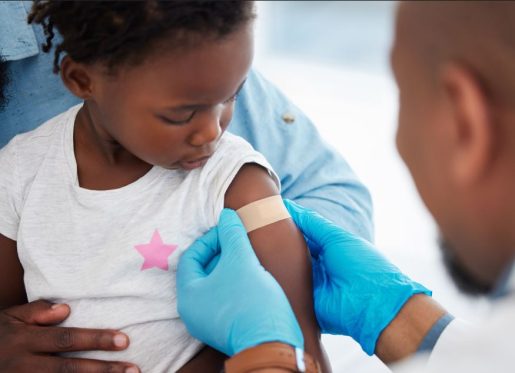The Vaccines for Children (VFC) Program: Ensuring every child is protected
Launched in 1994 by the Centers for Disease Control and Prevention, the Vaccines for Children (VFC) program ensures all children in the United States have access to life-saving vaccines, regardless of their family’s financial status.
This program is a cornerstone of public health, enabling millions of children to stay protected from illnesses like measles, chickenpox and whooping cough. It reflects a national commitment to ensuring essential healthcare for vulnerable children and has contributed to the near elimination of diseases that once caused significant suffering and death.
What is the VFC program?
Before the VFC program, families without insurance or with limited coverage often faced significant barriers to vaccinating their children. Lack of access to affordable vaccines fueled the 1989-1991 measles outbreak. Through the VFC program, the federal government provides vaccines at no cost to eligible children, including those without insurance or who are underinsured. Vaccines, procured at discounted prices, are distributed to state health departments and administered through local providers such as clinics and doctors’ offices.
This efficient model has dramatically increased immunization rates, reducing diseases like rubella to historically low levels. The program’s simplicity and effectiveness make it a model for public health success. For families, the program eliminates the stress of choosing between healthcare and other basic needs, ensuring their children receive vital protection.
Why is the VFC program important?
The program not only protects individual children but also contributes to population-level immunity, thus reducing overall disease spread and healthcare costs. Vaccines, proven to be cost-effective interventions, prevent hospitalizations and long-term treatment costs associated with diseases like diphtheria and polio.
By eliminating financial barriers, the VFC program also addresses social determinants of health, particularly benefiting low-income and minority communities who are disproportionately impacted by vaccine-preventable diseases. Its success underscores the importance of public health investments in reducing health inequities.
The program’s economic benefits are substantial. Every dollar spent on childhood vaccines saves more than $10 in disease treatment and productivity loss, making it a vital investment for society. For example, the U.S. has avoided billions in healthcare costs through VFC-facilitated immunizations. This highlights the program’s value not only for individual families but for the entire healthcare system.
Challenges and the need for advocacy
Despite its success, the VFC program’s future depends on sustained funding. Potential budget cuts threaten its ability to serve millions of children, especially in communities where healthcare access is already limited. Coupled with rising vaccine hesitancy, these challenges highlight the urgent need for continued public and political support.
Programs like VFC must not only provide vaccines but also play a role in promoting public trust in immunizations. Education campaigns targeted at dispelling myths and emphasizing the safety and importance of vaccines are crucial.
Healthcare professionals, policymakers and community leaders must advocate for the program’s expansion to protect future generations from preventable diseases. Learn more about the importance of immunizations and join the effort to support programs like VFC.
The VFC program exemplifies the power of public health initiatives to ensure children win in the fight against vaccine-preventable diseases. Its continued success relies on all of us advocating for funding, raising awareness, and protecting access to these essential immunizations. By working together, we can promote happy, healthy childhoods for our youngest generation.
By Dr. Marisa Donatti, medical resident at Baylor College of Medicine




